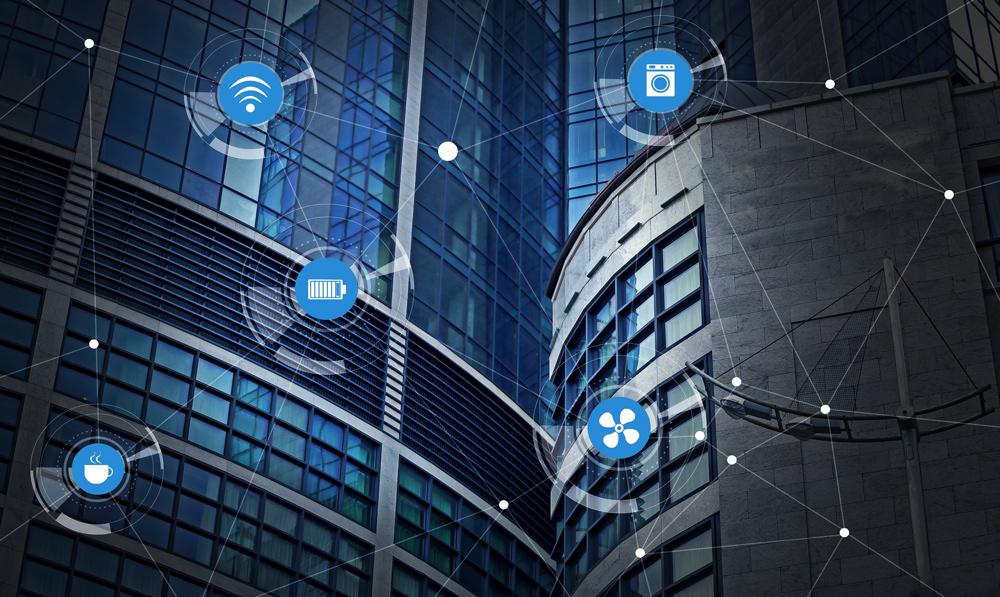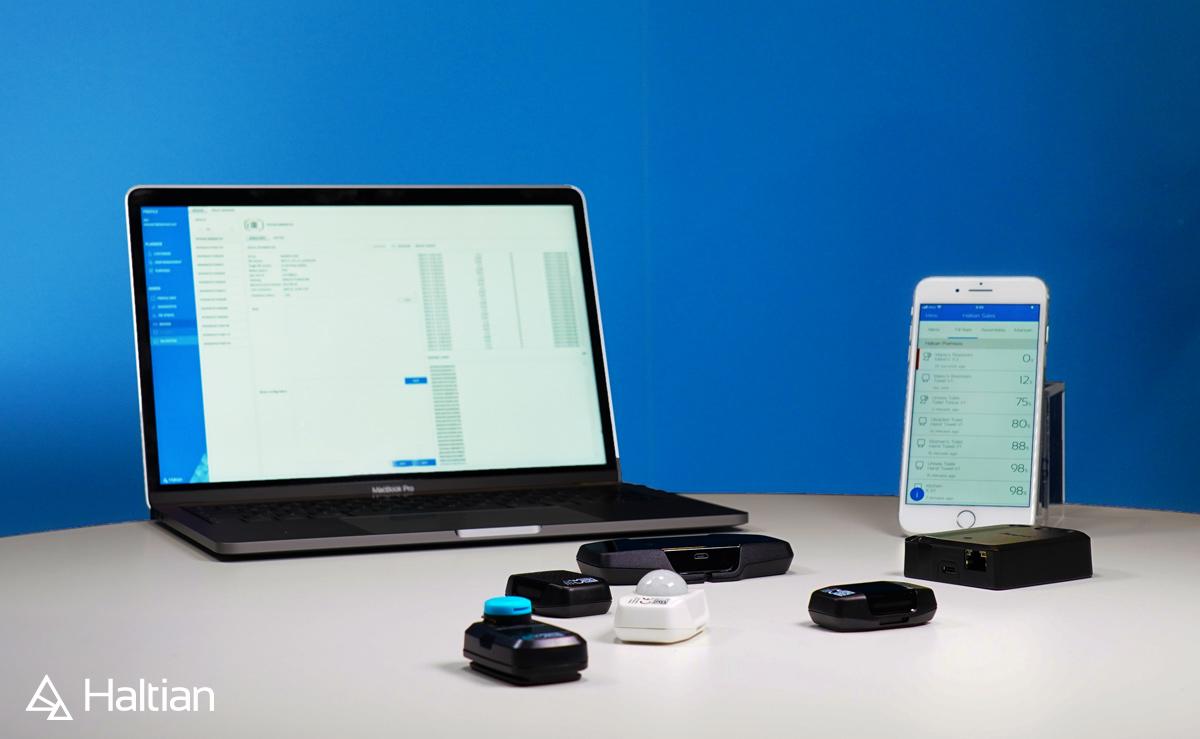Massive scale IoT – What and why?
By now, most companies and enterprises know that digitization is an imperative part of staying agile and competitive in future markets. IoT solutions can be used for fixing problems, limiting risks, increasing efficiency, and, of course, getting factual data to make better business decisions.
Right now we are reaching the tipping point of IoT getting tested in some operations, to it being deployed in all sectors on a massive scale. This puts some requirements for the technologies used. In this article, two industry experts, Haltian – the IoT platform provider, and Wirepas – the provider of Wirepas Mesh IoT connectivity, go through the meaning and implications of massive-scale IoT.
The future of IoT will mean implementations on a massive scale
So, how should companies tackle the future of IoT?
We see a lot of companies that have incorporated IoT into different segments of their operations. Often, this has been done with different vendors moving from project to project, and now these businesses are at the point where their IoT solutions don’t communicate with each other and are therefore unable to scale the solutions.
IoT has reached a stage where businesses need to draft clear business goals in what they want to achieve in digitizing their business. Customers will need an IoT roadmap to get the most out of digitization. You will not only need data, but a clear business plan on what to do with said data. Here, a reliable partner and industry experts are a valued source of insight.
To start, it’s important to explain what we mean by scalable massive IoT. IoT solutions will include an immense number of devices, things, and machines that all need to be connected reliably and safely. In addition to including a massive number of devices, these solutions will naturally produce massive loads of data that need to travel safely through the technology layers to the customer for analysis.

The right IoT partner makes all the difference when scaling IoT
Large-scale IoT solutions require the highest possible operational efficiency and reliability. Massive IoT has several requirements, to name a few, scalable IoT solution needs to have:
- Reliable devices that work in difficult conditions and remote places
- Low power-consuming devices
- High-end security
- Scalable connectivity
- Cloud solutions fit for massive amounts of data
- Web and mobile interfaces for straightforward operation and maintenance
For example, the manufacturing industry has started to see a growing need for monitoring the condition of its assets and to perform predictive maintenance if needed. The challenge is that smart industries require an industrial IoT connectivity solution, a self-healing mesh network that can handle a demanding radio environment.
Wirepas Mesh can grow organically and has automated interference avoidance so that one network can handle thousands of assets and multiple use cases. For example:
- Machine and equipment condition monitoring: vibration, temperature
- Leakage control for liquids and gasses
- Monitoring and measuring of material levels
- Environmental monitoring for employee comfort and safety: temperature, humidity, air quality, ambient light
- Indoor asset tracking makes sure you know the whereabouts of all your important assets
Wirepas Mesh enables wireless IoT networking on a massive scale. It’s an IoT network protocol software that can be used to connect, locate and identify sensors, beacons, assets, machines, and meters in buildings, industrial environments, and logistics. The technology supports up to 4 billion devices in a single network. A network can have multiple gateways without subnets, and this enables almost limitless growth of the network. The multi-hop operation grants massive scale.
Smart Buildings (such as factories, hospitals, schools, shopping malls, ships, warehouses, harbors, and shipyards) are not just brick and mortar, but a way to gather important data upon which decisions can be made and actions taken.
Maintaining scalable IoT solutions requires the correct tools: you need to know where all the devices are, what they do, and what needs to be done to them. This process needs to be streamlined to the utmost simplicity. Managing thousands of devices should be an easy routine, meaning that the tools must have alerts and the ability for remote monitoring. For example, device installation and identification need to be a straightforward process for the entire maintenance chain to work.
IoT is hard, but Haltian wants to make it easy. Our years of experience in the field have proven that companies and businesses wanting to grow their business will need scalable IoT solutions.
Haltian has built a truly end-to-end IoT solution, called Thingsee. Thingsee IoT platform includes everything from IoT devices to customer applications that make implementing and maintaining IoT solutions easy for everyone. In addition to this, Thingsee is meant for scaling: IoT solutions should grow with the customer’s business seamlessly.
Thingsee IoT platform includes the following components:
- Sensors
- Gateways
- Connection
- Cloud
- APIs
- Applications
- User licenses

As said before, web and mobile interfaces are an intricate part of scalable IoT solutions, since making any use of the massive loads of data requires analytics and dashboards to make it visible and accessible. Analyzed IoT data can be used to recognize trends, lead innovation, set up requirements you need to take the next step in business development, and so much more.
Conclusion: How to get started with IoT?
Follow these steps to ensure your solution is successful and has a fast time-to-market:
1) Define your needs for the IoT solution. It pays off to look beyond your current needs, you want to ensure you can scale later if massive IoT is not your imminent need.
2) Choose competent and experienced partners with future-proof technologies to help you with the solution.
3) Test the solutions with a PoC (proof-of-concept) and define your needs further.
4) Make a pilot to find any final improvement needs for your solution.
5) Use your partners to finalize the solution and plan your go-to-market.
Finding the right partner is important. Read more about becoming a partner here.


